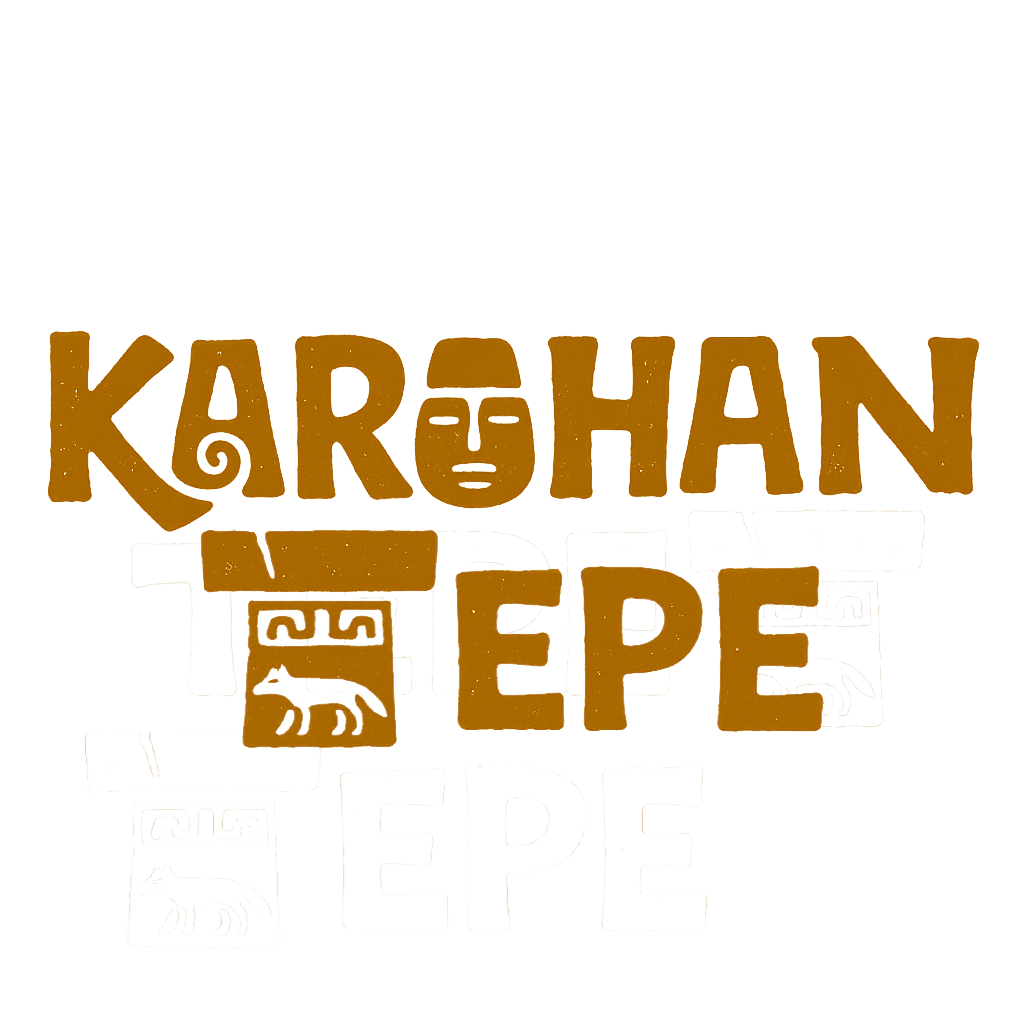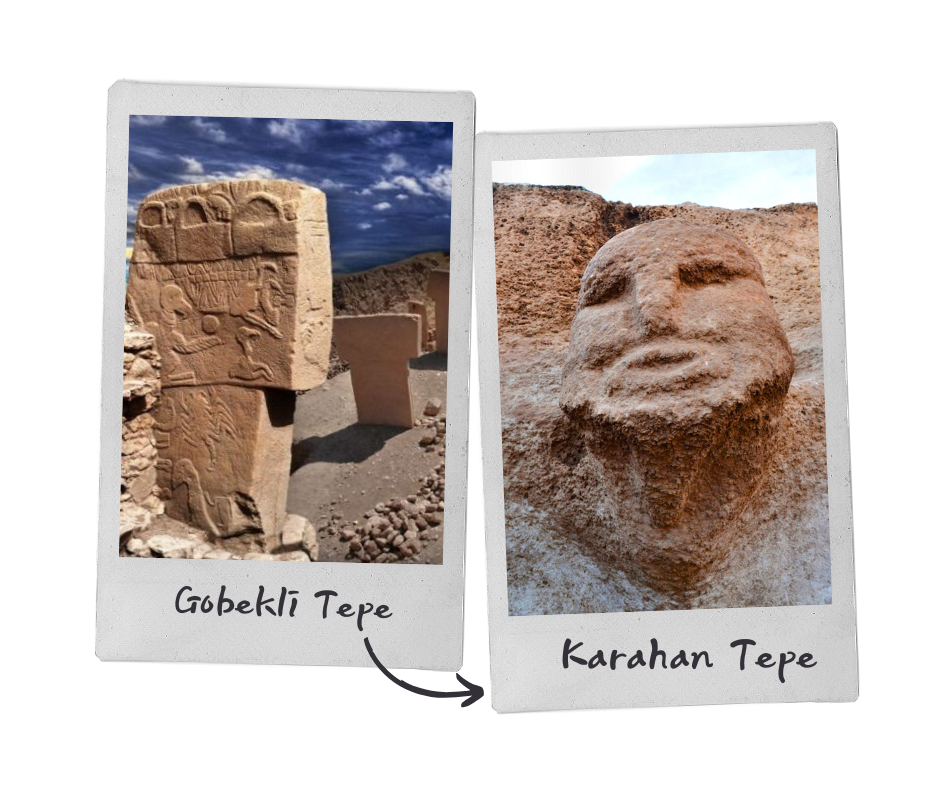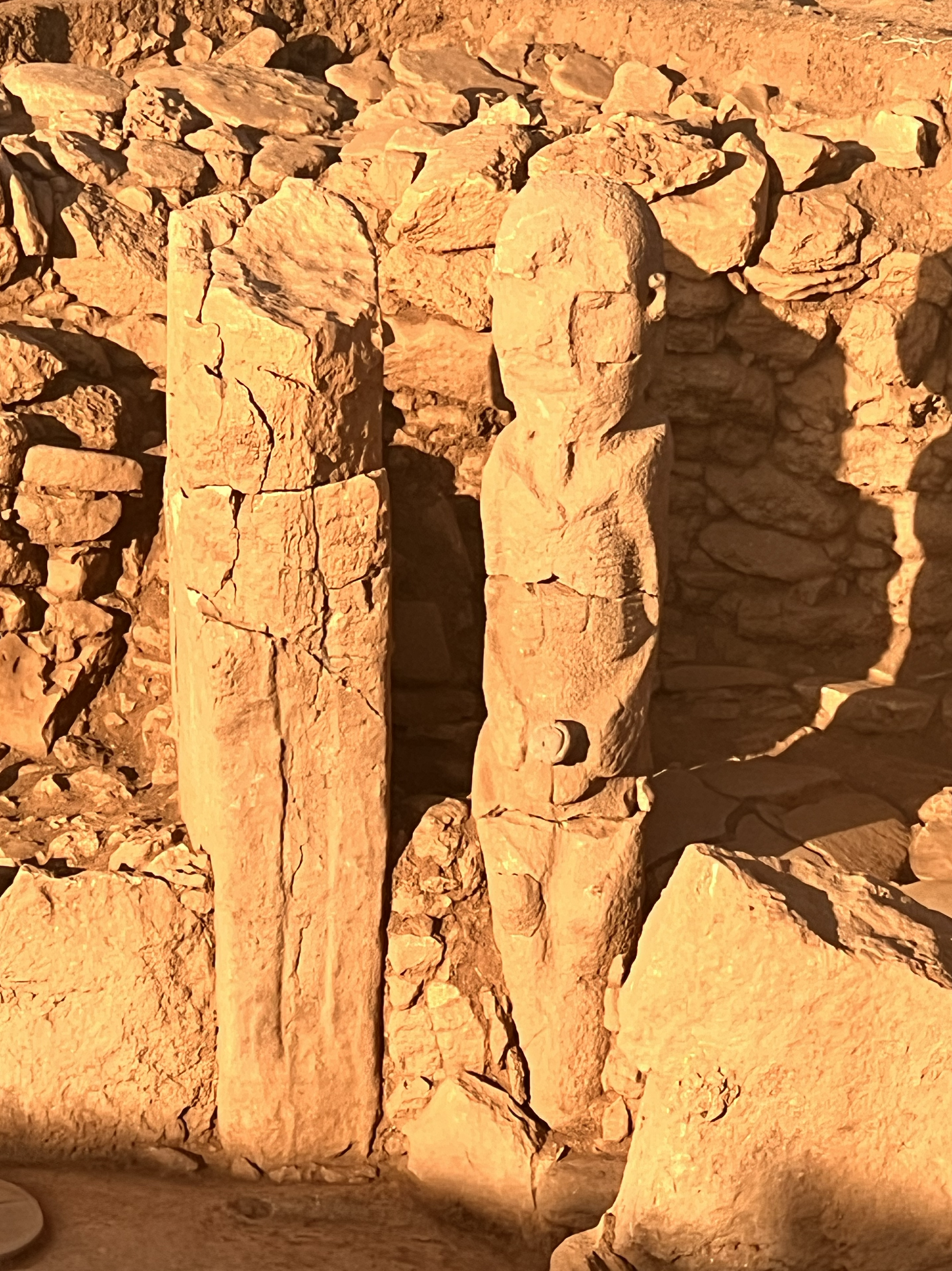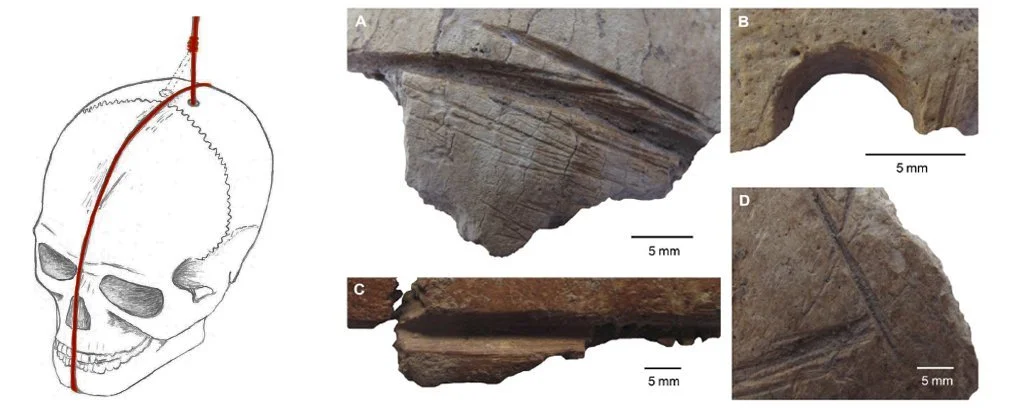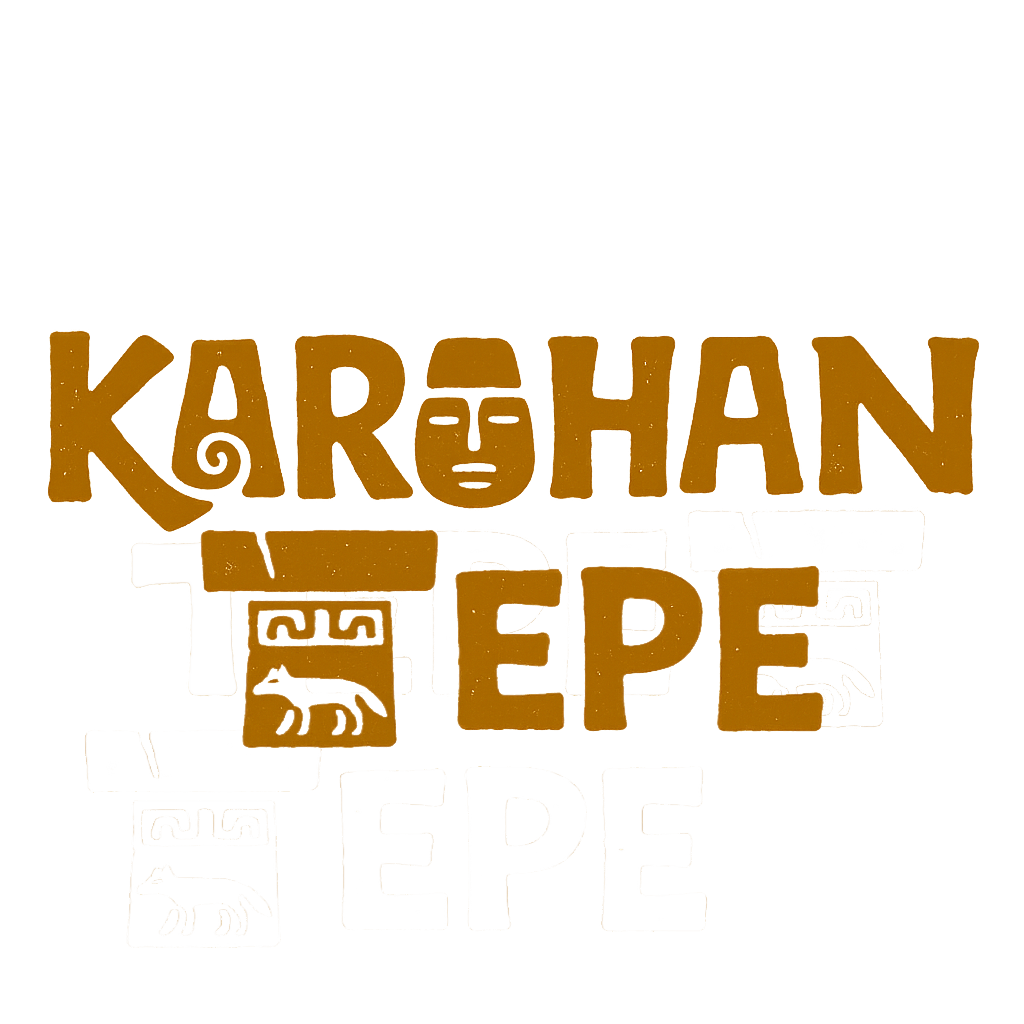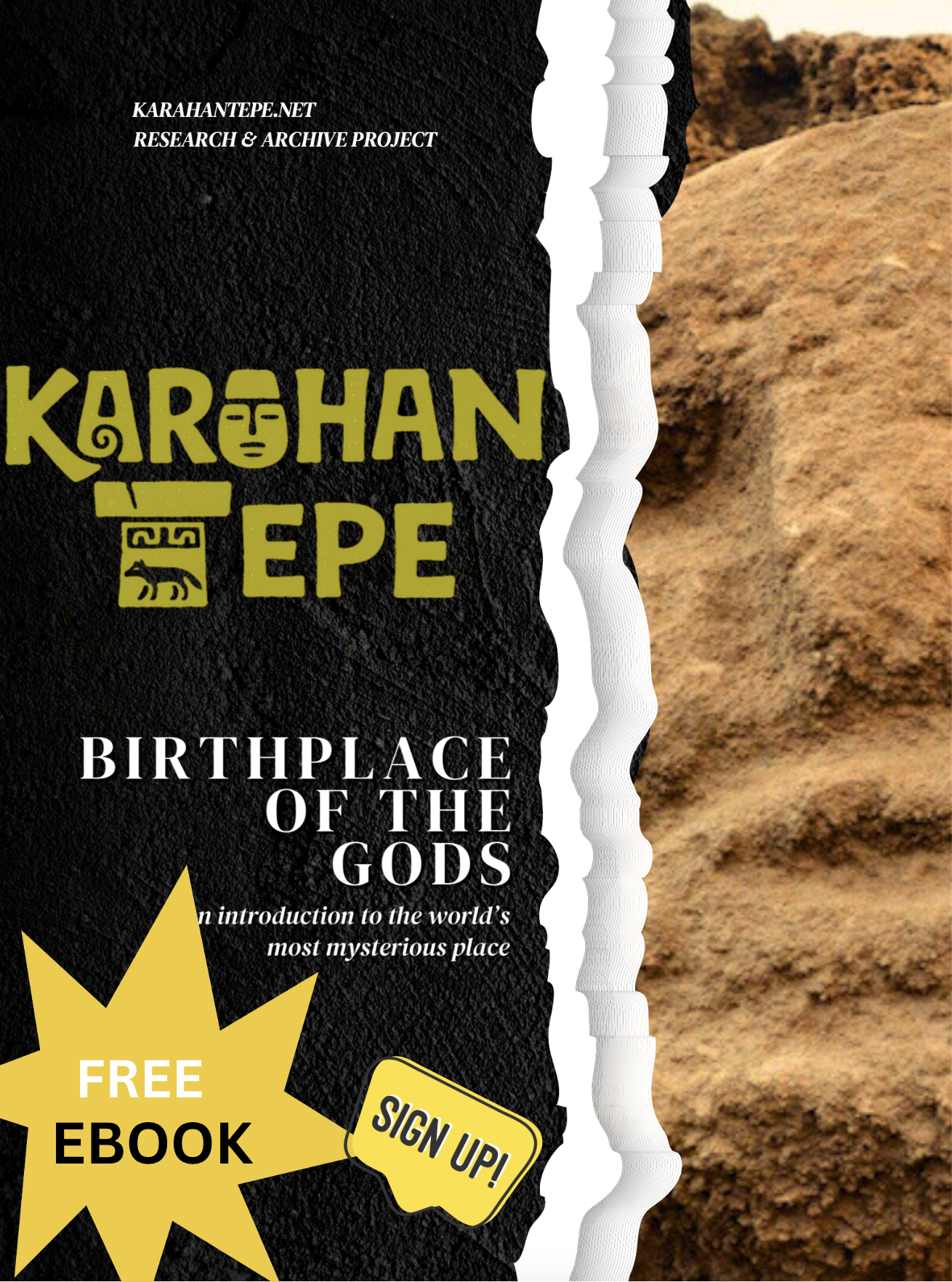Karahan Tepe vs. Gobekli Tepe: What’s the Difference?
The Mystery Beneath the Hills
Buried for over 11,000+ years beneath the rolling hills of southeastern Turkey lies one of the greatest archaeological enigmas of our time. Two sites Göbekli Tepe and Karahan Tepe are rewriting everything we thought we knew about the origins of civilization.
Long before the pyramids, before Stonehenge, before even pottery or metal tools, these Neolithic people were carving massive T-shaped pillars, aligning them in circles, and decorating them with symbols of animals, humans, and abstract designs. They did this with utter skillful mastery and stone tools with a purpose we still don’t fully understand.
Göbekli Tepe was the first to shake the archaeological world when its megaliths were unearthed in the 1990s. But now, just 35 kilometers southeast, Karahan Tepe has emerged from the Earth and archeologists believe it might be even older, even more complex, and even more profound.
So what’s the difference between the two?
Let’s dig in.
Karahan Tepe @ Dakota Wint November 8, 2019
Shared Origins: The World’s Oldest Temples?
Both Göbekli Tepe and Karahan Tepe date back to the Pre-Pottery Neolithic period, around 9,500 to 12,000 years ago. That’s millennia before writing, wheels, or domesticated animals. These people were still hunting gazelle and gathering wild plants - yet they came together to build gigantic stone sanctuaries with curated artistic expression.
Each site features T-shaped pillars, often arranged in circular enclosures. The pillars stand up to 5.5 meters tall and can weigh 10–20 tons. Cut from nearby quarries. Some have carvings of animals—foxes, snakes, boars, birds, leopards, lions—and mysterious symbols. Others are completely bare. What’s clear is that these pillars were not random: they were part of a belief system, a worldview, a spiritual or ceremonial tradition we’re just beginning to decode.
Both sites were also intentionally buried after use. This isn’t just a case of being forgotten by time. Someone back then went to the trouble of backfilling the sites with rubble and debris, preserving them for millennia. Why? That’s still an open question.
So What Makes Karahan Tepe Unique?
While the similarities are striking, Karahan Tepe is not just a copy of Göbekli Tepe. In many ways, it’s stranger and possibly even more complex.
1. Architecture in the Bedrock
Göbekli Tepe’s structures are primarily built above ground, with freestanding T-pillars surrounded by stone walls.
At Karahan Tepe, the architecture is carved directly into the bedrock. One of the most remarkable features is a sunken chamber-sometimes called the “pillar pool” - containing eleven phallic-shaped stone pillars rising from the floor. Seemingly a subterranean ritual chamber. It's unlike anything found at Gobekli Tepe.
Sunset at Karahan Tepe @ Dakota Wint April 29th 2023
The Pillar Pit
2. The Ribbed Corpse Statue
In 2023, archaeologists at Karahan Tepe uncovered something truly jaw-dropping: a life-sized statue of a seated man, carved with incredible detail. You can see his ribs, spine, genitals, in an unusual posture.
This “Ribbed Man” is the most realistic human figure ever found at a Neolithic site of this age. Nothing like it exists at Göbekli Tepe, where human imagery is mostly abstract and detailed faces rarely appear. The T-pillars are thought to represent stylized human forms.
Who was this man? A god? A priest? A shaman caught in a trance? We don’t know. But his presence opens the door to a more intimate understanding of what these places were for—not just cosmological temples, but maybe sites of transformation, initiation, or even death and rebirth.
The Ribbed Corpse Statue found at Karahan Tepe 2023. Photo @ Dakota Wint October 22, 2024
3. Signs of Settlement
Göbekli Tepe has long been interpreted as a ceremonial site, not a village. Initially, archaeologists found no houses, no trash, and no clear signs of long-term domestic life. (This has since changed)
Karahan Tepe, on the other hand, immediately showed evidence of nearby settlements. There are stone tools, food remains, and living areas in the vicinity. Some researchers believe Karahan may have had a dual purpose. Part sacred site, part community center which echos later sites such as Catalhoyuk.
Domestic Life at Karahan Tepe @ Dakota Wint
Layout and Symbolism
The layout of Göbekli Tepe is dominated by multiple circular enclosures, each with a pair of large central T-pillars surrounded by smaller ones. The carvings tend to focus on animals, sometimes in aggressive or threatening postures—scorpions, snakes, vultures.
Karahan Tepe, by contrast, contains more human imagery, like the Ribbed Man and carved faces embedded in stone. It also features more use of subterranean spaces, perhaps a ritual underworld or womb-like space for spiritual rebirth.
The orientation of the sites also differs. Göbekli’s enclosures seem to follow a broader plan, while Karahan’s layout is more maze-like and mysterious, as if designed to lead the participant through a journey—as hypothesized by Dr. Necmi Karul, lead archaeologist of the sites.
Gobekli Tepe and Karahan Tepe Skull Cult
One controversial theory suggests that the temples were used to process and display human skulls. At both Gobekli Tepe and Karahan tepe, archaeologists found skulls or fragments of carved skulls, some with drilled holes and incised lines. This might indicate a skull cult - an ancestor veneration practice where the heads of the dead were removed, decorated, and displayed. This is found in other sites around Anatolia and the Levant.
Other theories connect the sites to early forms of shamanism, psychedelic ritual, or fertility rites, but so far, there's no smoking gun.
What These Sites Reveal About Us
More than 11,000 years ago, before agriculture, before writing, before cities, humans in southeastern Turkey gathered to build monumental sites dedicated not to survival, but to something sacred.
Göbekli Tepe and Karahan Tepe aren’t just impressive because they’re old. They’re impressive because they reveal a spiritual impulse in the human story that predates civilization itself.
These sites remind us that religion, ritual, and art were not products of settled life—they were part of what made us settle down in the first place. The desire to gather, to carve meaning into stone, to honor ancestors and deities—that may be as old as consciousness itself.
And now, thanks to the work of Turkish archaeologists, especially under the Tas Tepeler Project, we’re finally beginning piece the puzzle together.
Want to Visit Karahan Tepe?
To explore either site respectfully and in-depth, use a reputable guide such as SanliurfaTour.com
As more of the Tas Tepeler sites are unearthed—including Sefer Tepe, Sayburc, and Harbetsuvan—we may finally glimpse the mind of humanity before history!
Sign up for our newsletter
Sign up for our newsletter and get a free e-book all about Karahan Tepe—plus be the first to know when new discoveries emerge from Karahan Tepe, Göbekli Tepe, and the mysterious Taş Tepeler region.
